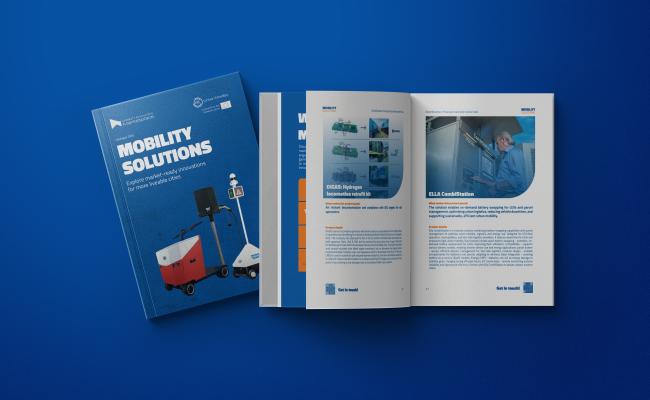Best Practices
Discover success stories and case studies from leading cities, providing simple, effective lessons for implementing positive changes in urban mobility.
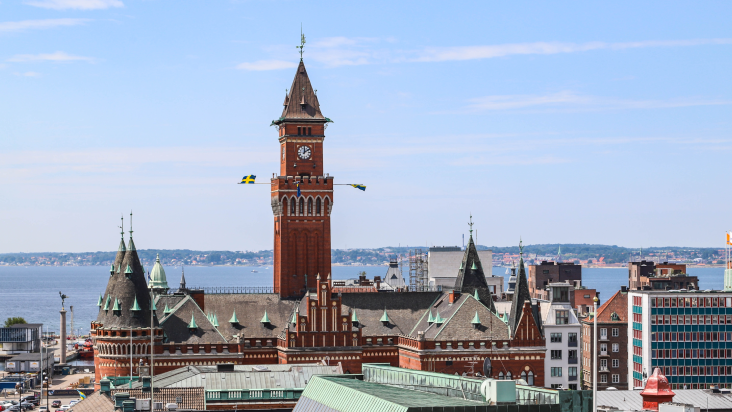
Helsingborg: Cultivating bicycle culture in schools
The City of Helsingborg confronts a dual challenge rooted in both safety concerns around primary schools and the broader goal of fostering a culture of sustainable mobility.
Vitoria-Gasteiz: Implementing a carpooling network
Vitoria aims to address solo car commuting due to its environmental impact and the associated carbon emissions.
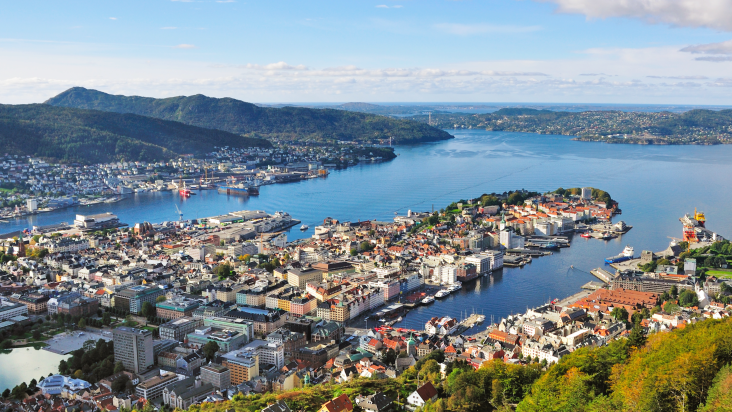
Bergen: Optimised scenarios for Bergen Light Rail expansion
The goal: Help a Norwegian light rail system to add extensions to the existing network while improving overall efficiency.
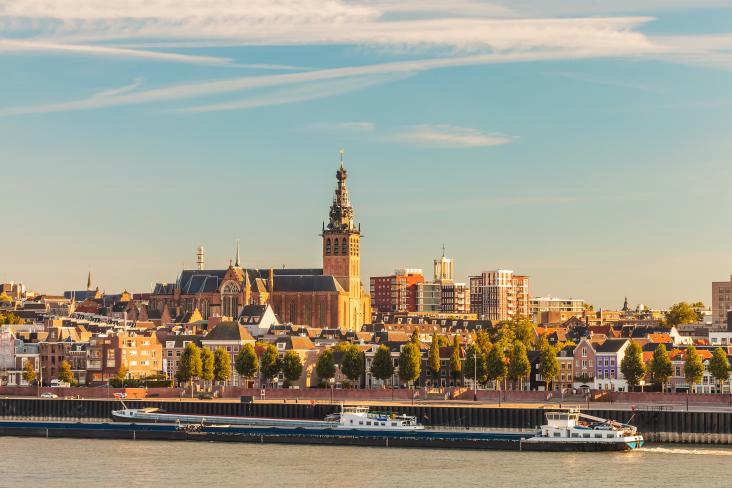
Nijmegen: Reserved (bike) parking for people with reduced mobility
The primary aim is to improve accessibility for individuals with limited mobility by offering secure bike parking.
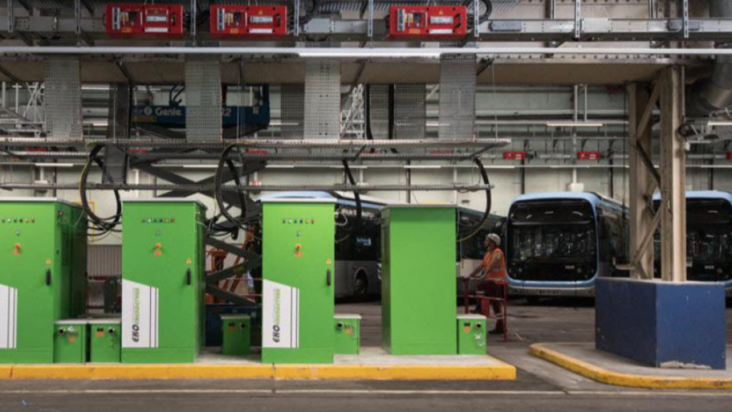
Ile-De-France: Eradicating diesel-propelled buses from public transport
Since 2015, RATP has initiated a massive energy transition aiming at turning all its bus operations in Paris area into low-emission operations from a
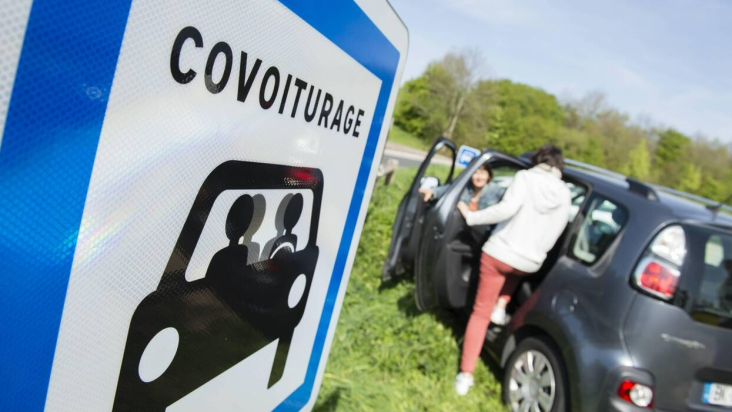
France: Carpooling for Healthcare Workers
Hospitals, often located in urban areas, face problems with shifting hours, stressed staff and limited parking places.



